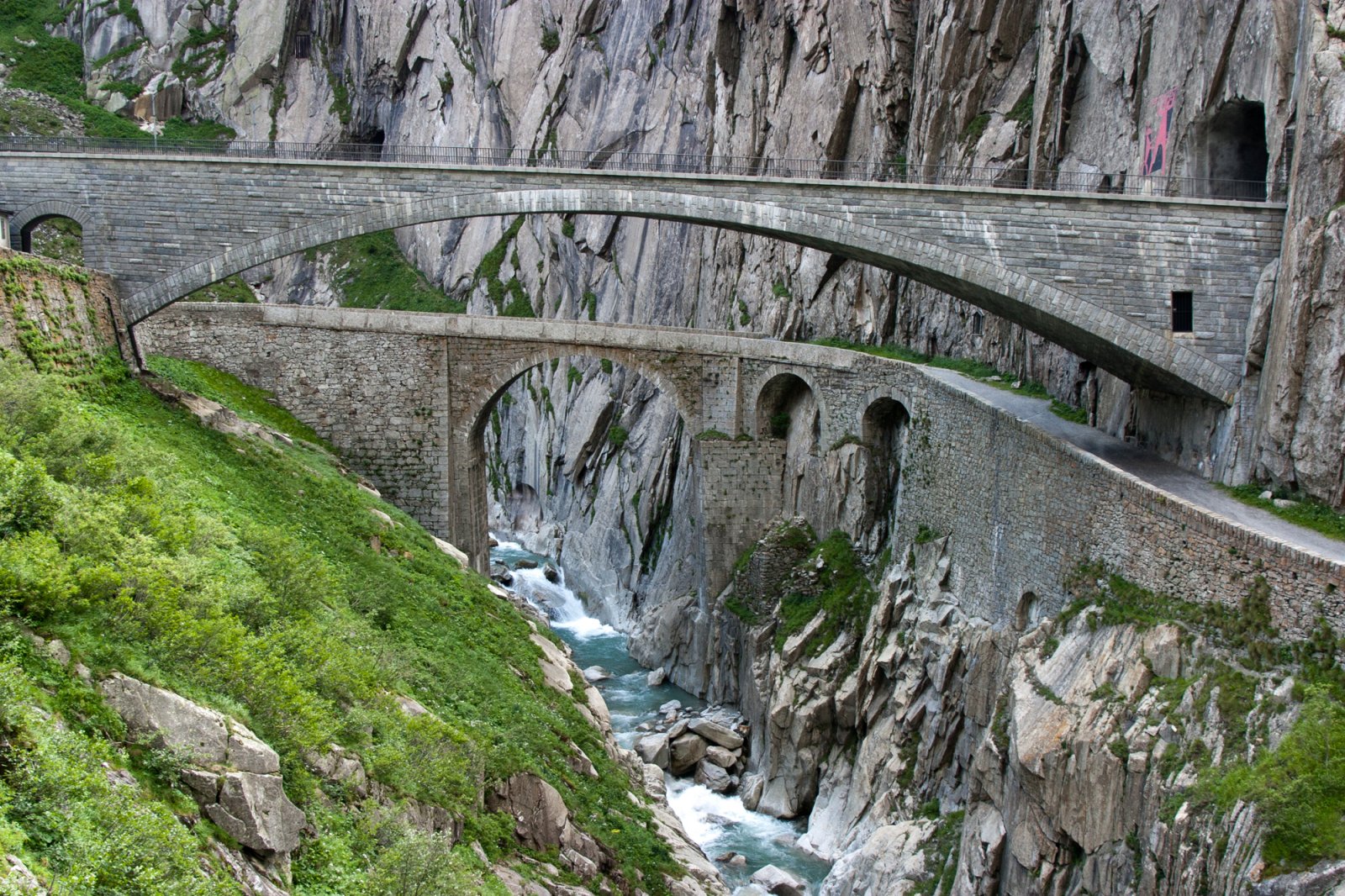
The quickest way to drive from northern to southern Switzerland is through the Gotthard tunnel. Yet, while the time savings compared to crossing the Swiss Alps are immense, drivers miss out on two legendary artifacts: the Devil’s Stone and the Devil’s Bridge in Göschenen.
Those drivers who exit the A2 freeway at Göschenen before entering the tunnel have the unique chance to see these artifacts with their own eyes. The 200-ton granite rock called Devil’s Stone is located on the ramp at exit 40. Meanwhile, the Devil’s Bridge is located along the serpentine road that leads to Andermatt.
“What’s the significance of a rock and a bridge?” you may ask. According to legend, the two are remnants of a pact the locals had made with the devil…
The historic significance of the Devil’s Bridge in Göschenen
Legend aside, the raging River Reuss and the deep gorge it had created have always posed a challenge to people. Anyone wanting to go from north to south across the Gotthard mountain pass had to tackle the Schöllenen Gorge in the small village of Göschenen.
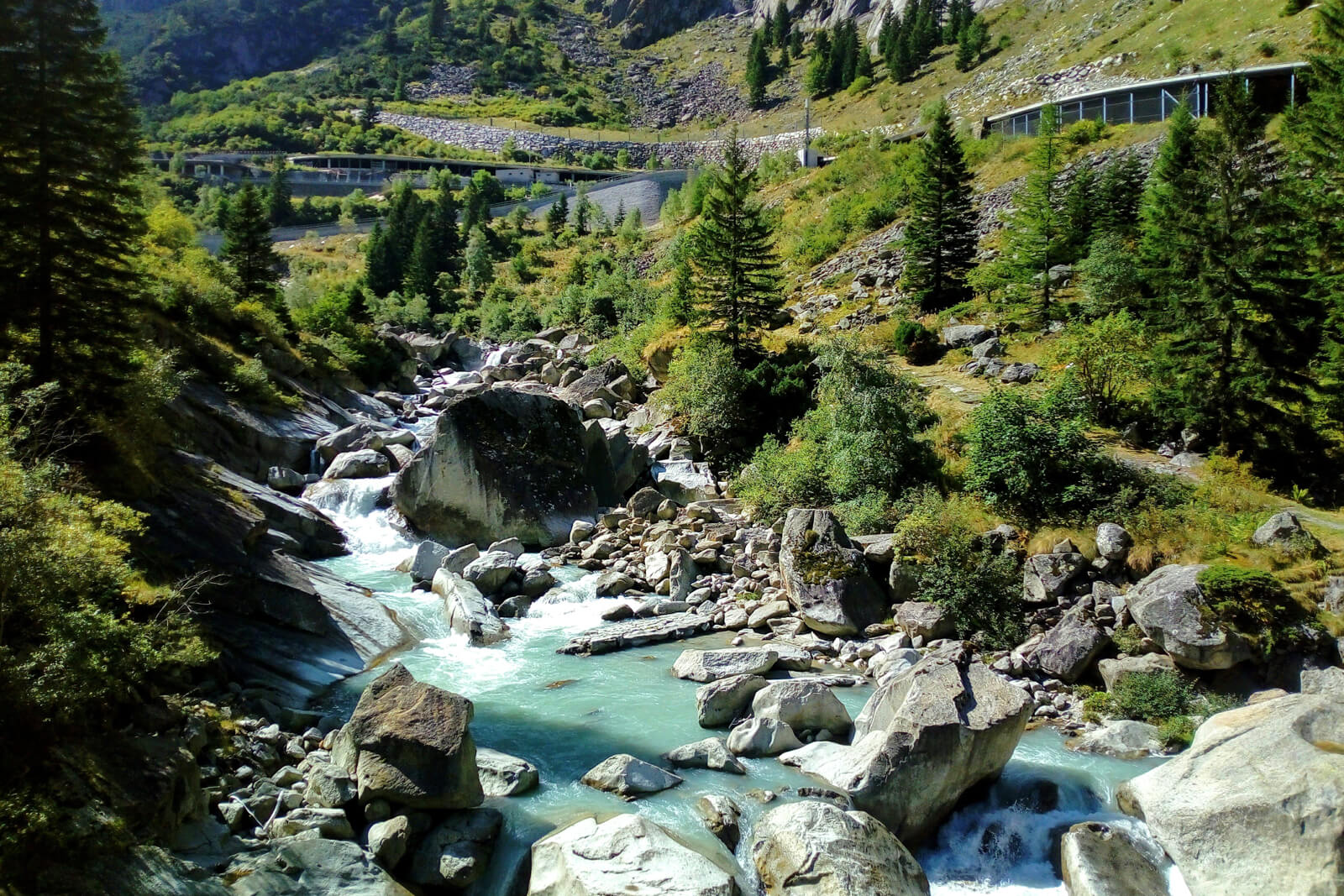
In the 13th century, the locals had managed to build a shaky wooden bridge for those brave enough to tackle the heights. Maintaining the bridge was a major challenge, however, as the raging waters during snowmelt posed a threat. In 1595, the wooden bridge was replaced by a narrow, 25-meter long stone bridge.
During the Napoleonic Wars on September 25, 1799, the Devil’s Bridge was the site where Russian troops under General Alexander Suvorov collided with the French. After outsmarting a French detachment, Napoleon’s troops retreated across the bridge to the other side of the river. They began to destroy the bridge in order to prevent the Russians from crossing.
Meanwhile, Russian officers dismantled a nearby shed and used scarves to tie together wooden boards. These planks were used to “bridge” the gaps in the Devil’s Bridge, allowing them to approach the French enemy. By 4 PM that day, the bridge had been repaired to the point where the bulk of Russian troops could cross it.
Here’s an 1803 oil painting of the Devil’s Bridge by J.M.W. Turner. You can see the original at Kunsthaus Zürich:
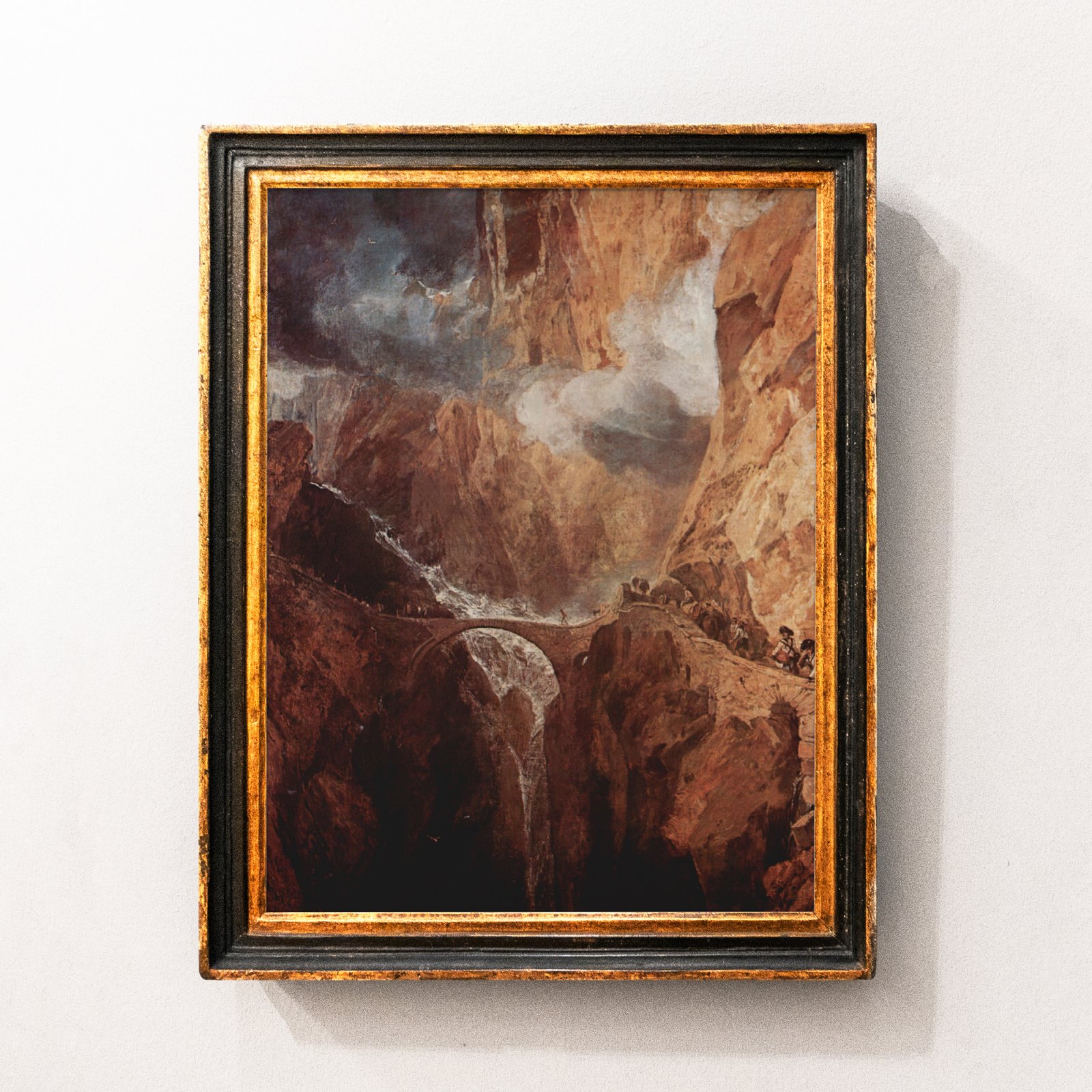
This historically significant bridge was replaced in 1830 by the bridge we can still see today. And in 1898, a monument to Suvorov and his Russian soldiers was built into the rock face just south of the Devil’s Bridge.
The legend of the Devil’s Bridge, a.k.a. Teufelsbrücke
Legend has it that in the 13th century, the villagers of Göschenen called upon the devil to build a bridge across the River Reuss. But how did it get this far?
Every spring when the snow was melting, their makeshift wooden bridge would be swept away. This time around, the richest farmer in town spoke up. The elder depended on a reliable bridge as he was trading his cheese with the Italians. He proposed to ask the devil for help.
Apparently, the devil had a track record in building bridges for desperate villagers.
To the great surprise of the townspeople, the devil commenced to build the stone bridge across the gorge that very night. On the other side, the devil was already waiting to claim the soul of the first crosser.
In despair, the villagers of Göschenen decided to send a goat across the bridge. The devil was enraged about the cunning villagers - he’d imagined a human soul as a reward. He tossed the goat into the raging river.
The townspeople felt exhilarated: they finally had a solid bridge! One by one, they stepped onto the new bridge in order to cross the gorge. This infuriated the devil even more, prompting him to climb down into the gorge to grab a huge boulder. The architect of the bridge was going to destroy it at once.
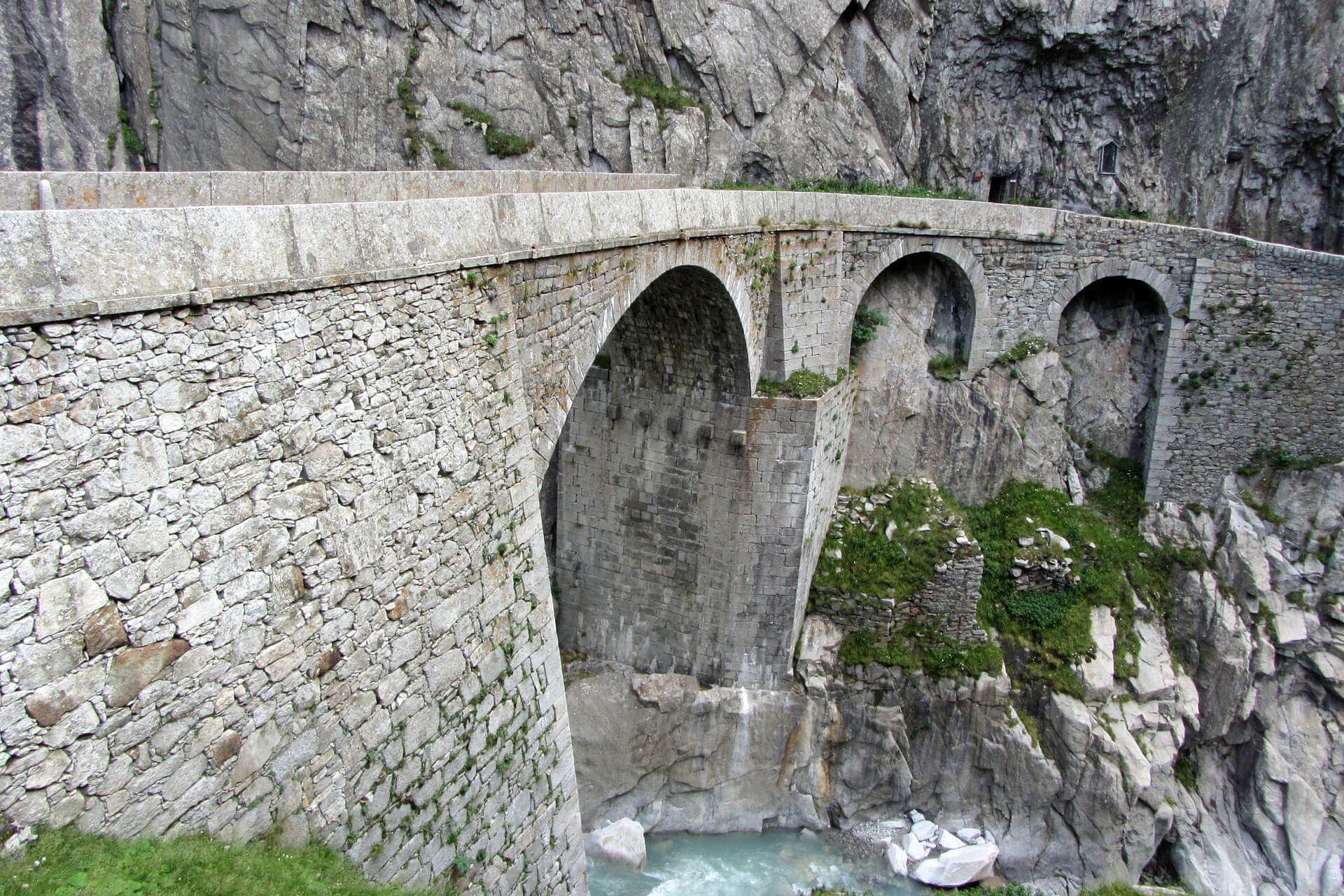
There are several endings to this legend. In the one I like the most, the devil is too exhausted to haul the boulder to the top. While resting, a nun sits down next to him and etches a cross into the boulder. This act made it impossible for the devil to ever move this stone again.
The Devil’s Stone remains in the very spot to this day. Well, to be frank, it had to be relocated in 1977 to make space for the new freeway… And as for the Devil’s Bridge, someone has painted the devil and a goat on a nearby rock!
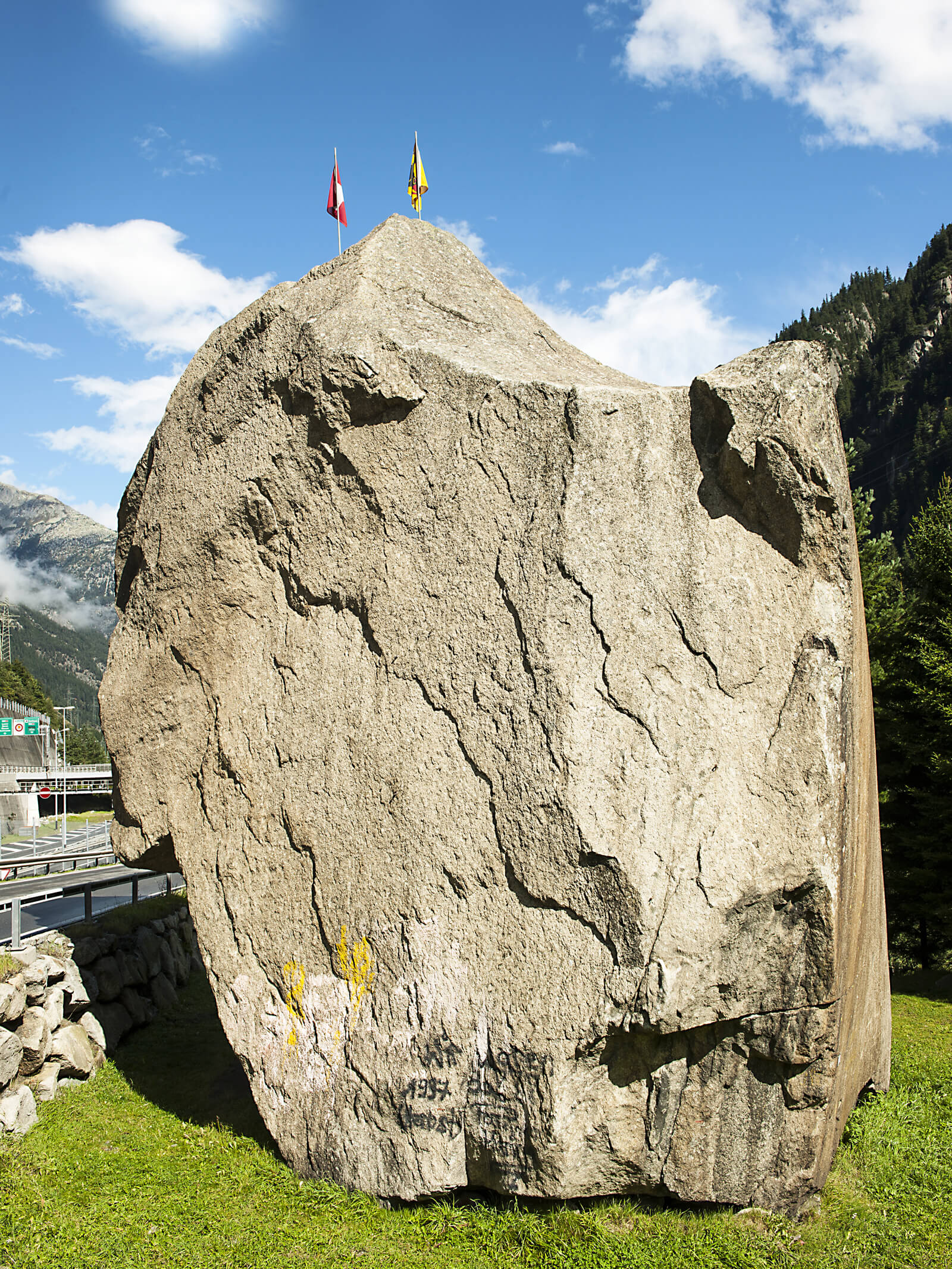
How to visit the Devil’s Bridge in Göschenen
You can get there by car, by train or by foot. Drivers will find a parking lot on the way up to Andermatt. Those arriving by train should get off at the Andermatt station and take a 20-minute walk to the Devil’s Bridge. Here is a detailed hike which continues to Göschenen.
Read the entire legend of the Devil's Bridge in the beautifully illustrated The Monster Book of Switzerland by Bergli Books.


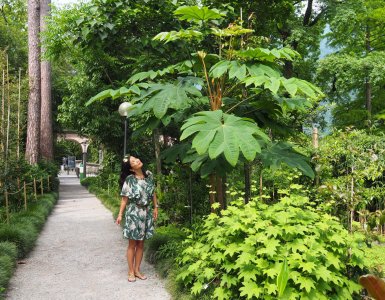
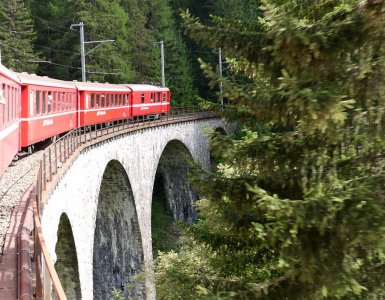
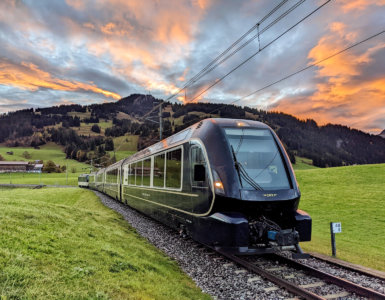

Add comment